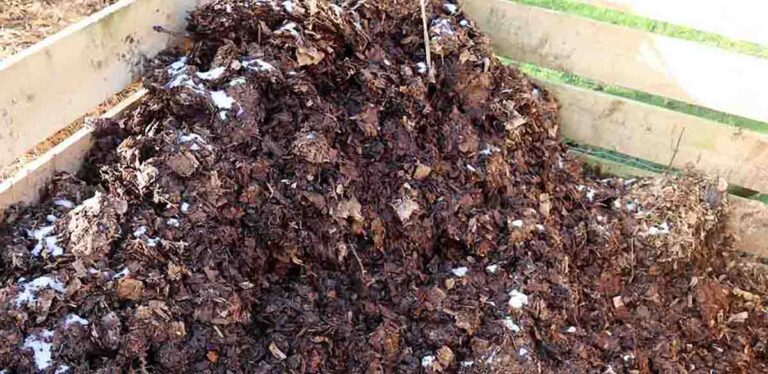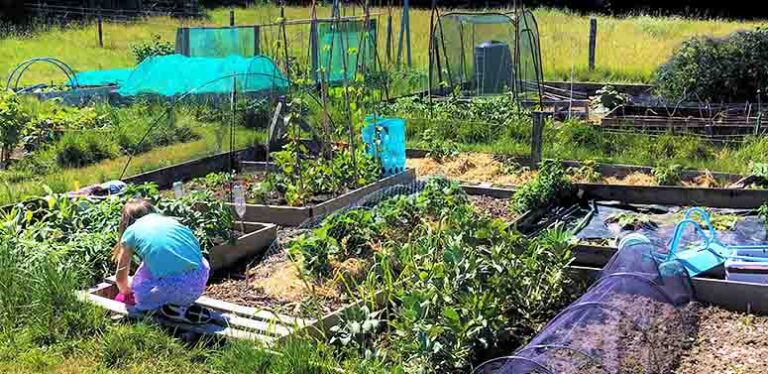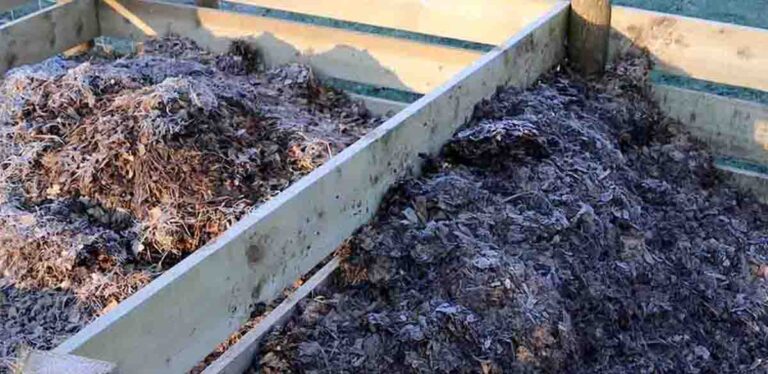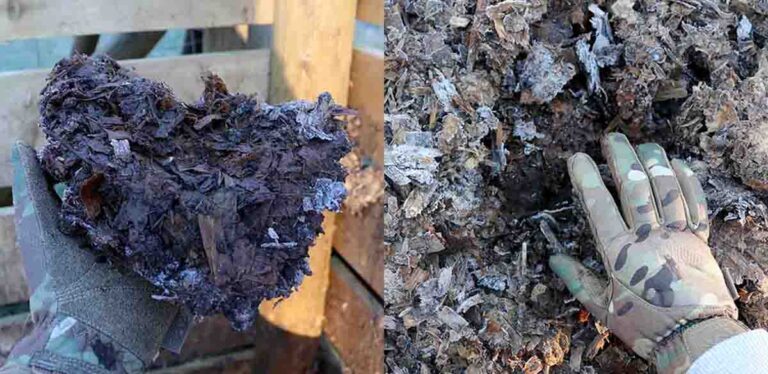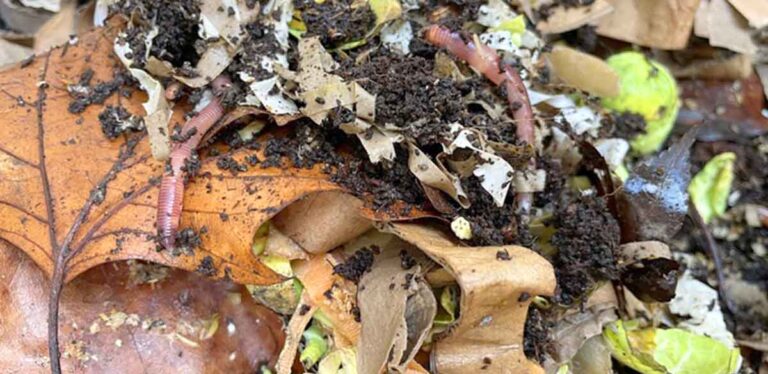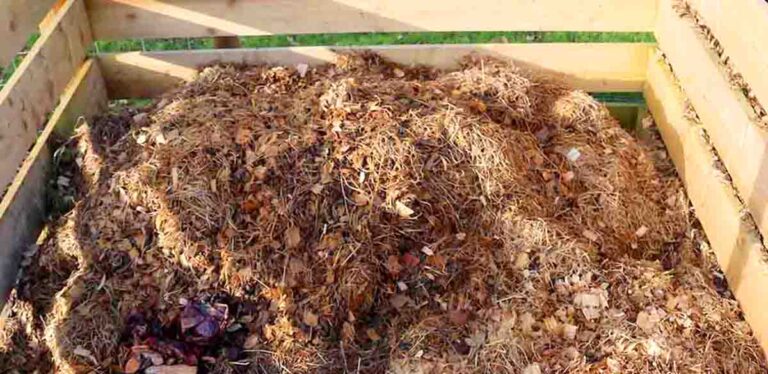Composting Hay And Straw
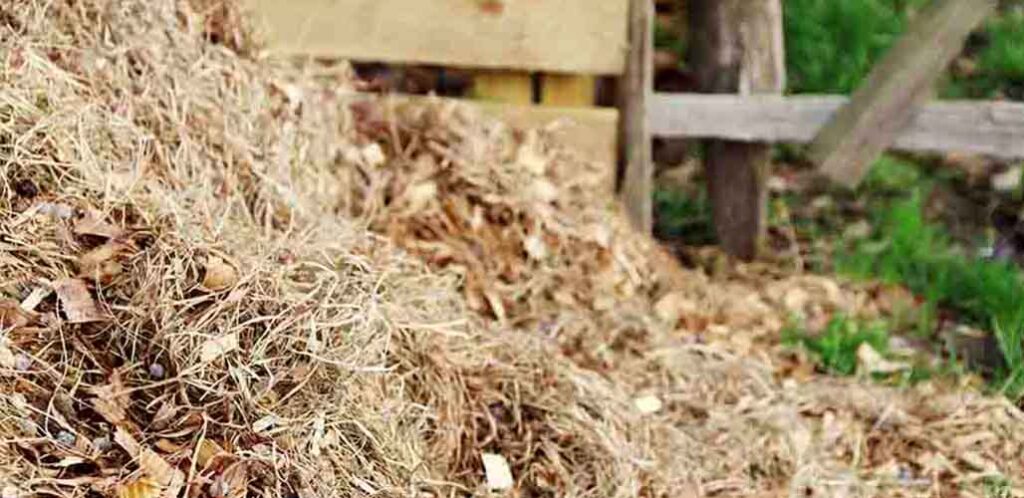
Composting hay and straw is a fantastic way to boost the amount of carbon in your compost pile. And to dispose of either material after it has been used for animal bedding or garden mulch! Straw and hay are both carbon-rich ‘brown materials’ in composting terms. So they need to be mixed with nitrogen-rich ‘green materials’ to kickstart the composting process. Here’s a closer look at how adding hay and straw to your composter can improve your output, and how to judge whether you’re adding the right amount.
- Can you make compost with hay and straw?
- Composting with hay
- Composting with straw
- Using hay and straw in non-traditional composting
Can you make compost with hay and straw?
Compost is made by accumulating organic matter and waiting for it to decompose into nutrient-rich humus for gardening. Compostable materials belong to two groups:
- ‘Brown materials’, which are carbon rich.
- ‘Green materials’, which are nitrogen rich.
Aerobic bacteria, which make up 80-90% of the microbial population in a compost pile and do the lion’s share of breaking your waste down into compost, need carbon for energy and nitrogen for reproduction. The ideal ratio of carbon to nitrogen in your compost heap is 30 to 1. But since nitrogen-rich materials have a much higher water content than brown materials, a rule of thumb for actually achieving that ratio is to add roughly equal volumes of brown and green material to your pile.
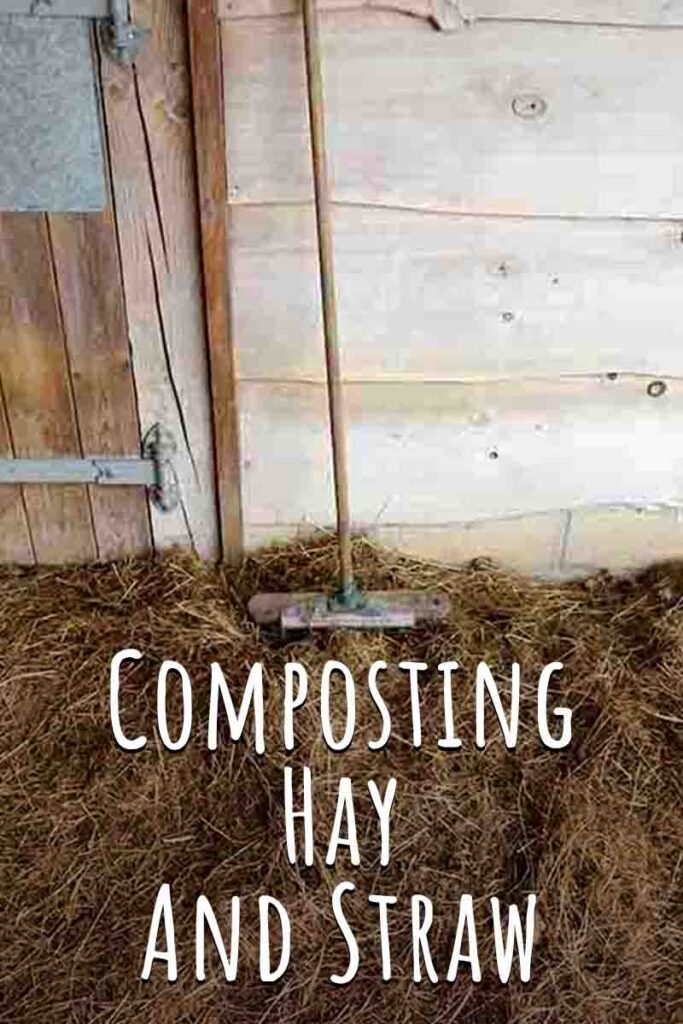
Composting with hay
Hay is made up of long stems of cut, dried grass. Farmers and feed stores sell it for horses, and pet stores sell it for rabbits, guinea pigs and tortoises. If you let some of your lawn grow freely in the summer to provide food and habitat for wildlife, you might even be able to produce your own hay in August! Besides using it as animal feed, hay is a useful mulch for suppressing weeds and preventing water evaporation around your plants.
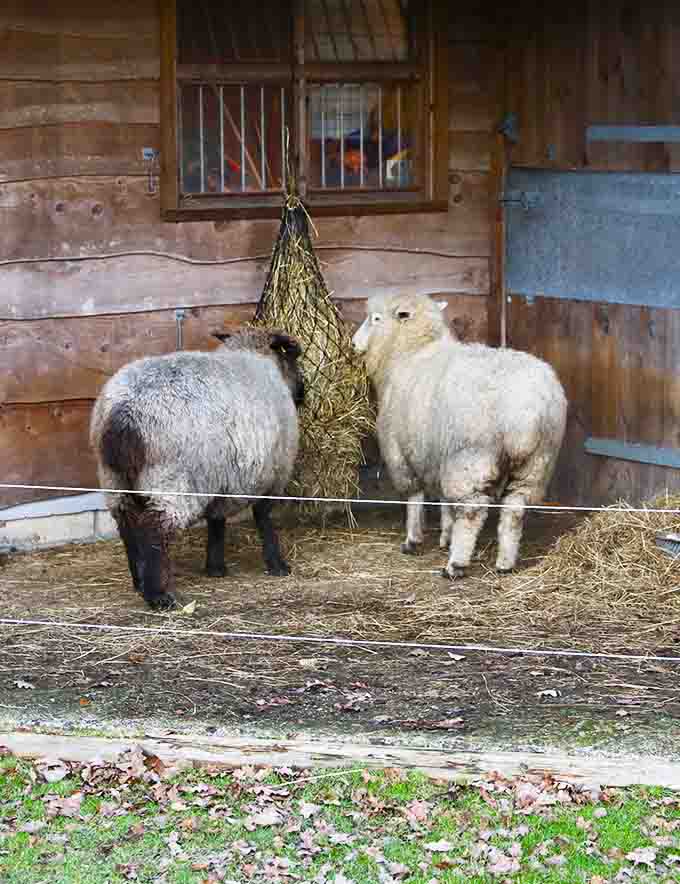
Hay contains 15 to 30 parts carbon for every 1 part nitrogen. So chemically, it’s a very well balanced addition to your compost heap. You won’t usually need to consider balancing it with other ingredients. However, hay is prone to getting waterlogged when wet. Waterlogged material in a compost pile lacks air pockets that allow oxygen to permeate the heap. Without oxygen, the aerobic bacteria die off, and are replaced by anaerobic bacteria. The anaerobic bacteria still break down your waste, but they release pungent ammonia gas as a waste product. Which makes your pile smelly and attracts vermin.
To combat this, you could position a compost pile with a high volume of hay under a canopy. But make sure it doesn’t fall victim to the opposite problem, and get too dry! Alternatively, incorporate some straw, wood shavings, crumpled paper, or shredded cardboard into the hay, to create air pockets.
Composting with straw
Straw is the dry stems of cereal plants, like barley, oats and wheat. It’s a very popular animal bedding. It’s also useful in the garden as a mulch, for growing no-dig potatoes, and for stuffing scarecrows! I put straw underneath my strawberry plants to keep the fruit off the ground, and around my raspberry canes to suppress weeds and conserve moisture in the soil.
In composting terms, straw is a brown material. One of the brownest in fact! Straw contains 80 times as much carbon as nitrogen. Its texture is also ideal for keeping the structure of your heap open, and allowing air to circulate inside. Since straw is so carbon rich, it can have a powerful effect on the chemistry of your compost heap – which can be a problem, or a remedy!
On the one hand, if you try to dispose of too much straw via your compost heap, it can make the ratio of carbon to nitrogen too high. This can slow the composting process down, because there isn’t enough nitrogen available for the bacteria responsible for decomposition to reproduce and spread through the heap. Incorporating more nitrogen-packed green material like coffee grounds, grass clippings or bloodmeal will correct this.
On the other hand, a composter containing lots of wet, nitrogen rich material like manure can quickly slide into anaerobic decomposition. Incorporating straw is the perfect antidote to restore aerobic decomposition, because it:
- Traps pocket of air.
- Soaks up liquid without turning sludgy.
- Breaks down slowly.
- Offsets the high volume of nitrogen with lots of carbon.
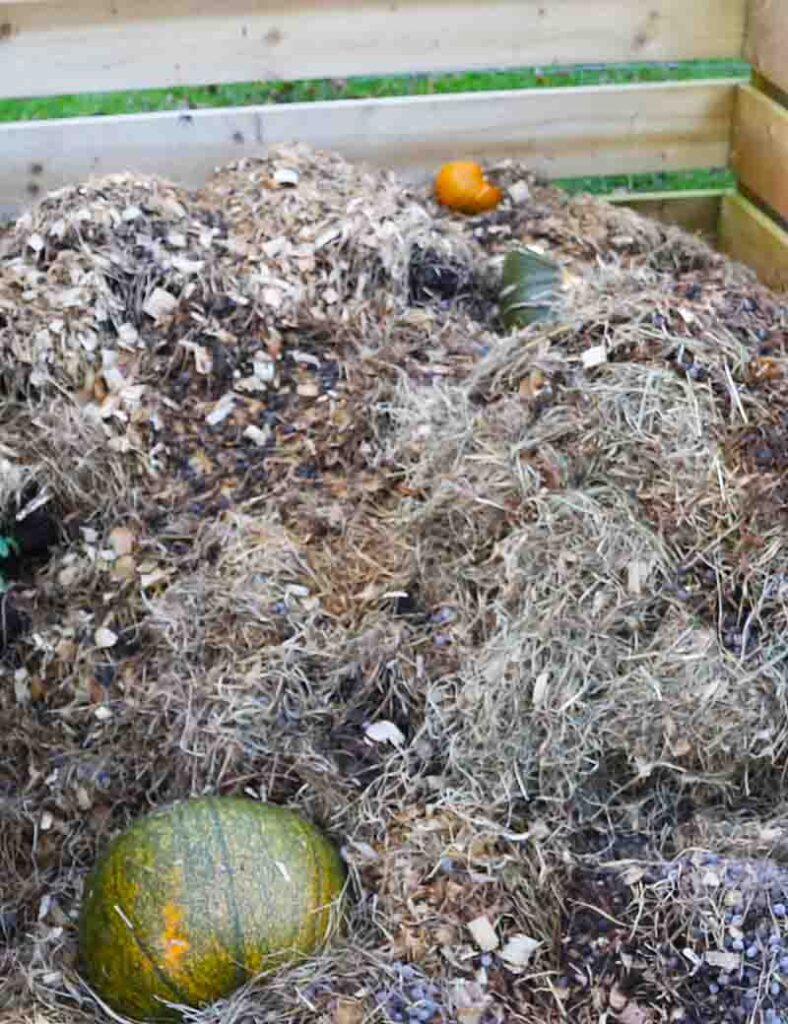
Using hay and straw in non-traditional composting
You can have a go at composting hay and straw in all sorts of ways. From traditional compost piles to tumbling compost containers. Here’s how I compost straw in my super small plot in a community garden. Hay and straw are also suitable for adding to worm farms in place of shredded paper or cardboard. In winter, packing the empty space at the top of a wormery with straw provides insulation and traps heat released by the decomposing organic matter below it.
Summary
Hay and straw are make a valuable contribution to any compost heap. The ratio of carbon to nitrogen is hay is almost perfect for facilitating aerobic decomposition. But, make sure it doesn’t get too wet or it can form dense sludgy mats with no air in them. Straw is an excellent source of carbon for your composter. If you struggle to lay your hands on brown material like shredded paper, then keeping a bale of straw next to your composter is an easy way to balance out the nitrogen when you throw your kitchen scraps onto the pile.
Do you compost hay and straw? Tell us about your experience in the comments box down below!

